Makeover for the modern Lusben
Following the refit of the iconic Maltese Falcon, we look at the resurgent Italian refit yard that had, until recently, lain dormant…
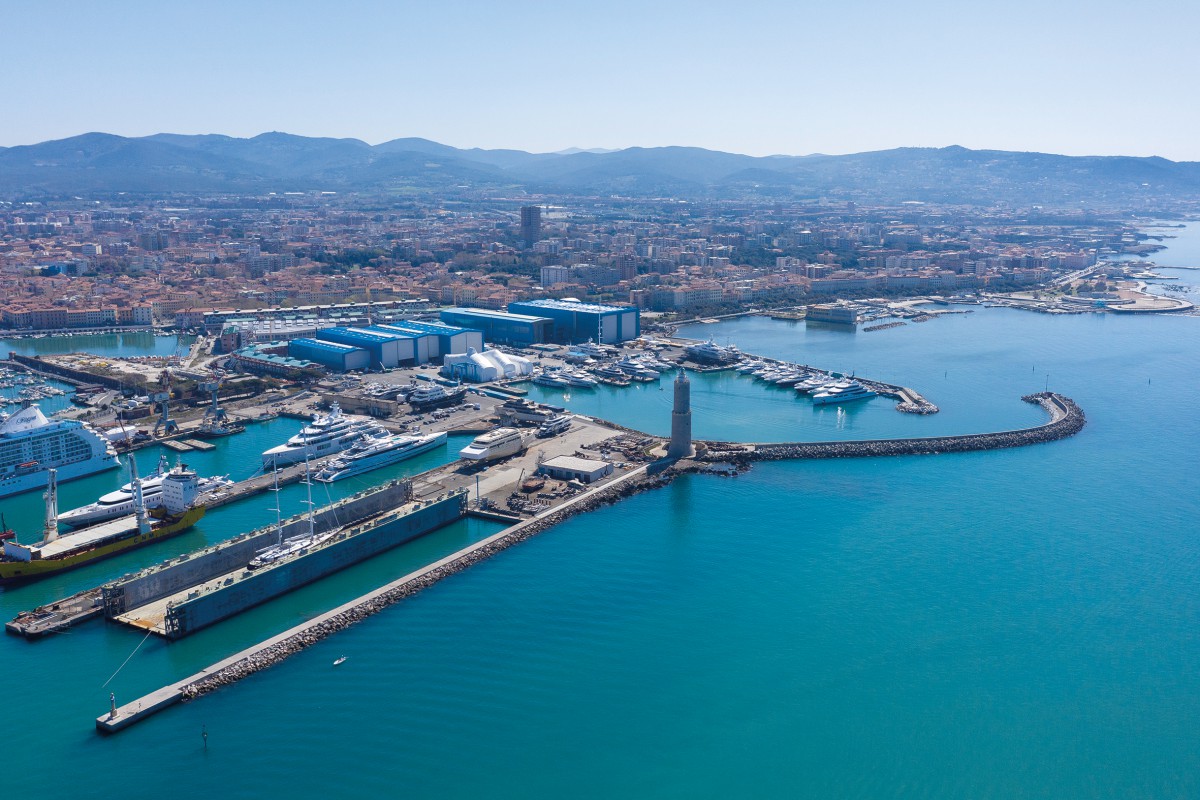
The Italian yachting world is accustomed to the big names whose innovative boats have shaped the history of ‘Made in Italy’. This is also the realm of Lusben, a specialist in refitting luxury yachts, which has been operating in this niche market for more than 60 years, earning the trust of customers from around the world.
Several new developments are now on the company’s horizon, including an expansion of the corporate organisational structure based on a precise definition of a new three-year investment plan.
The strategy implemented by the company (part of the Azimut|Benetti Group) aimed to upgrade its infrastructure and services to meet the growing demand for refit facilities to service an expanding fleet. It was evident from the beginning that Lusben’s work couldn’t be scaled down to mere maintenance because, with its engineers, designers and highly qualified specialists – both in-house and in the region – the ultimate purpose of its refit processes was nothing less than the rebirth of customers’ yachts.
Lusben was founded in 1956 under the name Lusben Craft, partially an acronym of the founders’ names, Luschi and Benelli. The company established itself on the international yachting scene as a preferred provider of high-end refit projects and, in 2000, it was acquired by the Azimut|Benetti Group before changing its name to Lusben in 2004.
Lusben places efficiency, speed and customer satisfaction at the forefront of its values. In line with this philosophy, it has organised its operations in three of the main Italian yachting regions: Tuscany, Liguria and Marche.
“A lot of companies are becoming more and more interested in the world of refitting, which makes it crucial for us to start occupying those market segments that Lusben has so far timidly explored.”
The Viareggio facility in northern Tuscany specialises in refitting boats up to 54 metres and with a maximum displacement of 600 tonnes. Livorno, on the Ligurian Sea, specialises in boats of any length in the water, featuring a ship lift for vessels up to 70 metres and 2,500 tonnes, a floating dock for boats of up to 180 metres and 15,000 tons, and a 400-tonne travel lift. The Varazze yard, the most recent to open (2019) and in a very strategic position for French customers and the entire Mediterranean area, handles boats of up to 48 metres and 400 tonnes.
Lusben’s specialised refit capability, ability to maintain quality control over new yachts, experienced Italian supplier base and its central position within a renowned industrial group with a solid organisation have all been decisive factors in ensuring high-quality standards. Being part of the Azimut|Benetti Group is crucial for the company, but it’s not the full story.
Successful refit yards need multiple factors behind them, and it’s uncommon to find them all together in one region – perhaps this is why there are still so few specialist refit yards of superyacht quality worldwide. Lusben has managed to leverage its position, along with its inclination to champion innovative ideas. An example of the trust placed in Lusben is the successful and extensive refit carried out on Maltese Falcon, one of the most iconic sailing vessels in yachting.
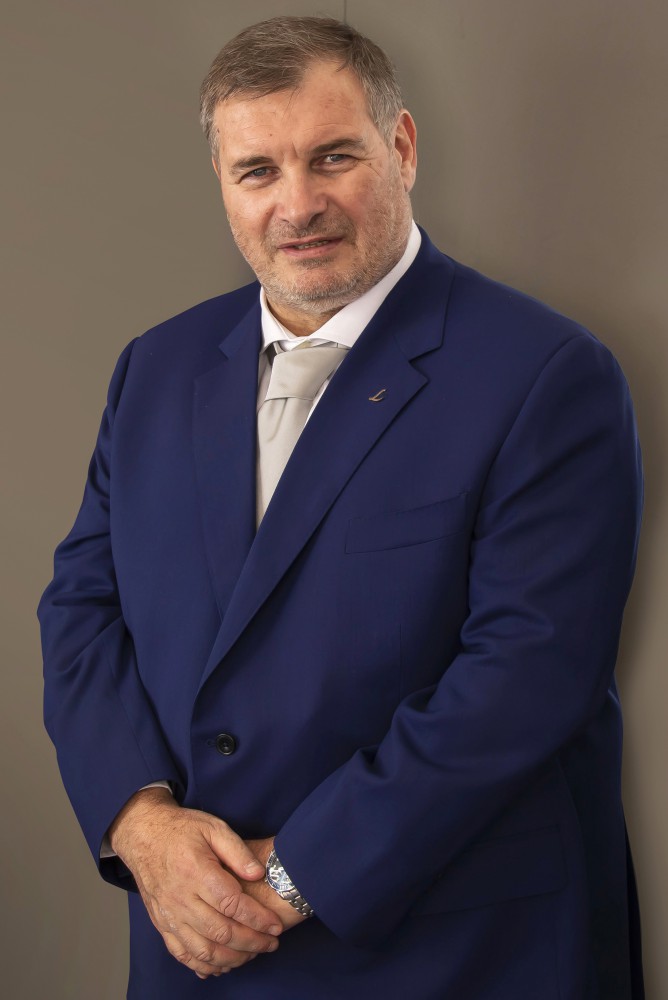 Giorgio Casareto, general manager, Lusben.
Giorgio Casareto, general manager, Lusben.
Lusben has made significant investments in human capital and sees this as a driver of success, extending from the boardroom to the workshop floor. With the appointments of Giorgio Casareto as general manager and Giovanni Paladino as commercial director, Lusben has completed its new corporate structure.
Casareto is working on a programme to upgrade the entire refitting area, with the aim of increasing the growth forecast by the business plan in the coming years, while Paladino, with many years of experience in major international industrial groups, has the task of developing the sales structure to increase the company’s presence in the international market.
According to Casareto, the time had come to take on a new challenge. “We needed to give our image a makeover. The meeting with Gianni [Paladino] was more than a business meeting. Right from the start, there was a lot of cooperation and collaboration. I took him to get to know the company and its dynamics, and we realised that we had the same project in mind, an idea we found easy to outline together.”
 Lady Jade prior to refit (left) and refitted (right).
Lady Jade prior to refit (left) and refitted (right).
As highlighted by Casareto, the key to the new Lusben strategy was to target the market by creating a real communication bridge, establishing a comfortable environment for relations and negotiations, which they feel is of paramount importance for a refit project to be successful. It’s also vital for Lusben, as a new and unified entity, to communicate its position and strengths in a competitive sector.
Paladino explains, “When we talk about strategy, we mean our intention to give Lusben a new face that is integrated and no longer seen by the market as made up of three different worlds. Our company wants to be a single business with its own governance, a single entity to contact regardless of the site.”
Differentiation between the yards remains important, but only in terms of the infrastructure and types of work that Lusben can provide. “In Varazze, we handle refits for boats up to 48 metres in length,” says Paladino. “The history of the shipyard, a prestigious name in the nautical scene, gives us the opportunity to concentrate on what we might call ‘heritage’ boats, most dating back to the 1960s, 70s and 80s. We’ve also had the good fortune to inherit the skills of the master carpenters who work with us and give us the added value of in-depth woodworking expertise.”
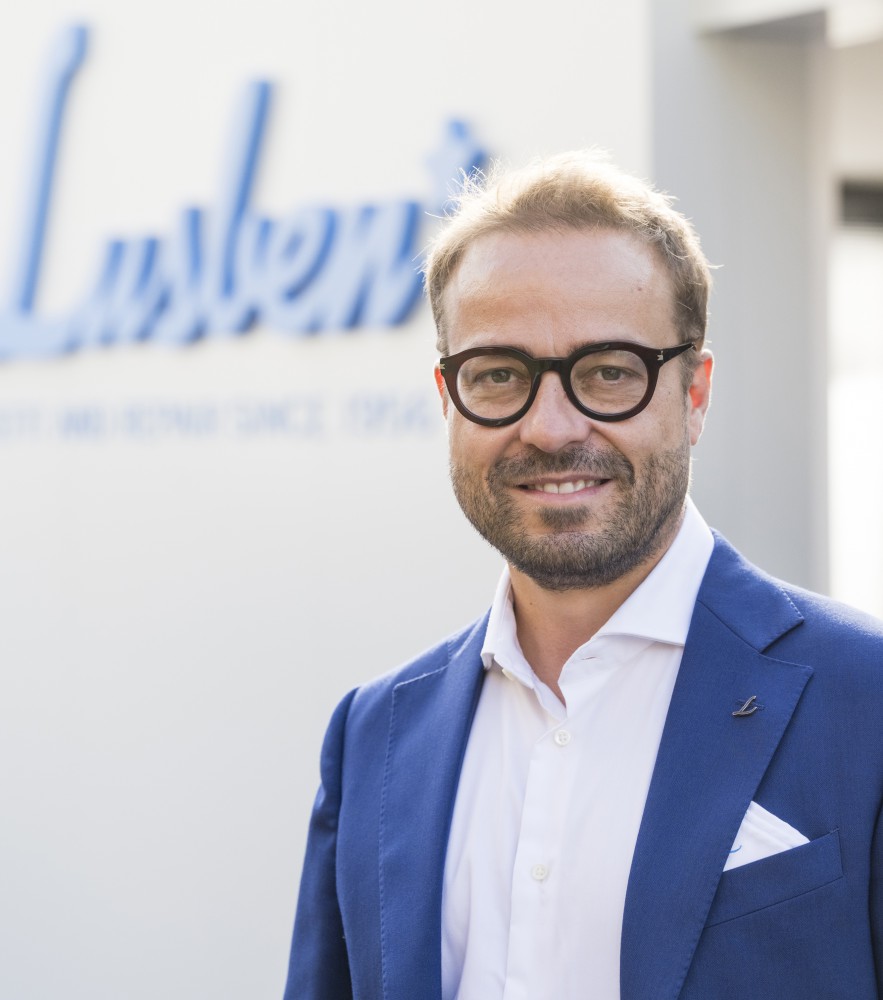 Giovanni Paladino, commercial director.
Giovanni Paladino, commercial director.
Viareggio is now the yard that best reflects Lusben’s origins as the go-to site for medium-range yachts from 30 to 54 metres. For yachts of more than 54 metres, the focus shifts to Livorno. The best solution for the customer is based on the infrastructure most suited to handling the refit of that specific type of boat.
“Today, Lusben’s strong point is undoubtedly painting,” says Casareto. A quick look at the boatyards confirms that painting is an integral part of all three sites. Another strength is metalwork for more complex projects. The company’s goal in the coming years is to reposition itself in the market by increasing the presence of larger boats. To achieve this, it will have to rapidly reorganise itself to manage more com-plex projects. The stakes are high because the competition within this field are well organised.
It’s well established that most shipyards now have orders until 2027 and beyond, with even conservative growth estimates predicting that the 30m+ fleet will grow by more than 160 per year. This growth underpins Lusben’s goal of doubling its results.
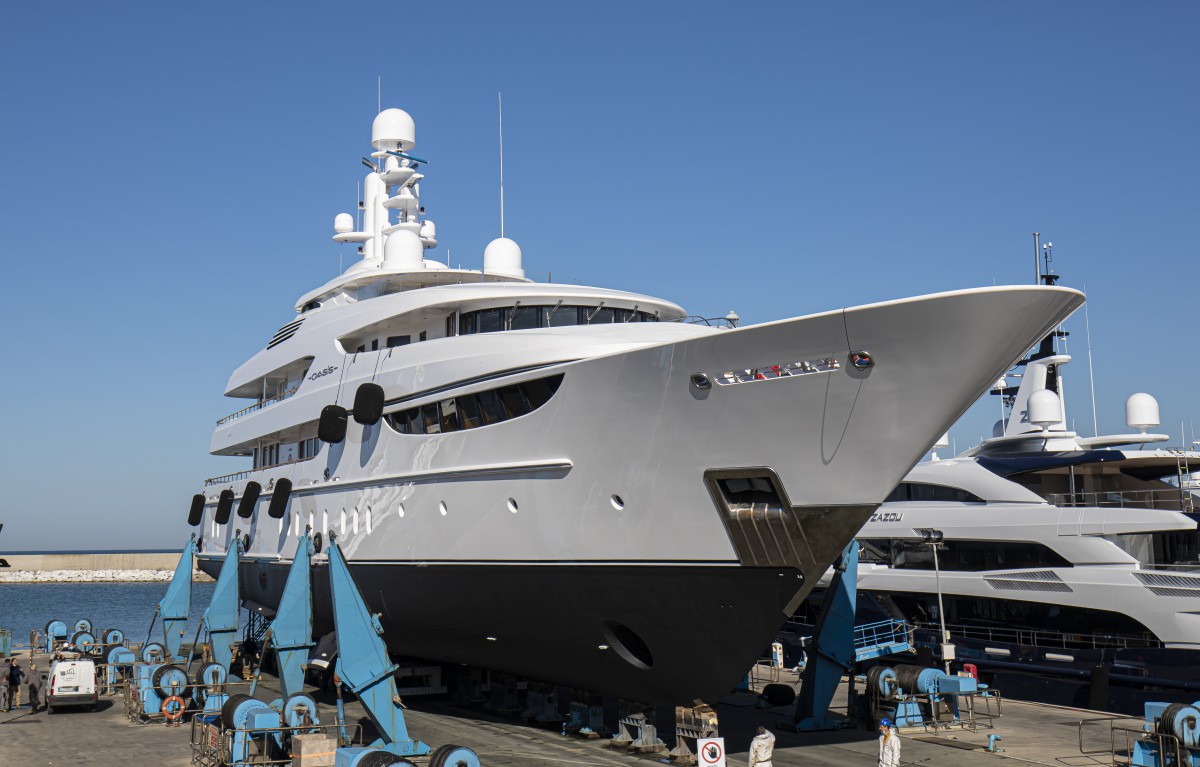 Lusben refit of 60m Lürssen Oasis.
Lusben refit of 60m Lürssen Oasis.
“The refit business is counter-cyclical,” says Casareto. “If it’s true today that a lot of boats are coming on to the market, it’s also true that a lot of companies are becoming more and more interested in the world of refitting, which makes it crucial for us to start occupying those market segments that Lusben has so far timidly explored. Many other operators are coming to where we have been working so far, so we have to focus on new opportunities.”
With over 12 million euros set aside for the development of the Livorno Yard alone, the aim is to build the largest inspection pit in the Mediterranean – specially built for large sailing yachts up to 70 metres, allowing them to extend and remove centerboards for easy maintenance.
When discussing Maltese Falcon, it’s impossible to avoid using superlatives. Its sheer scale, revolutionary sail system and rich history, filled with ingenuity and energy, demand a reverential tone. It was with this remarkable vessel that Tom Perkins, the American electrical engineer and founder of Silicon Valley, transformed the world of sailing and
the entire yachting industry.
Launched in 2006, Maltese Falcon originated from the drawing boards at Perini Navi in Viareggio, the company founded by Fabio Perini and led by Giancarlo Ragnetti. After a fascinating life and providence, it now belongs to an Italian owner, a sailing and sustainability enthusiast, who is poised to take the helm of this revolutionary superyacht.
“We were emotionally overwhelmed by Maltese Falcon’s beauty, but a refit was necessary. This legendary vessel needed to shine again as it deserved.”
Before embarking on this adventure, the vessel needed a refresh, and it was fitting that the majority of the work would take place so close to its spiritual home. Joining the owner aboard Maltese Falcon is Pierfrancesco Cafaro, a captain who describes himself as a lone globetrotter. Influenced by his father, Cafaro has been passionate about sailing since childhood and, along with his brother, has circumnavigated the globe three times.
In 2001, Cafaro began his sailing journey on a Jongert, later transitioning to vintage boats such as the 15-metre Sargermani Emi, before crossing paths with Maltese Falcon’s current owner on M/Y Surama from the Beconcini Shipyards (ironically later acquired by Perini Navi).
“We were emotionally overwhelmed by her beauty,” recalls Cafaro of Maltese Falcon. “But a refit was necessary. This legendary vessel needed to shine again as it deserved. The boat had to be capable of navigating all seas safely, and renovating the interior was essential to win everyone over.”
The owner’s company aimed to go beyond the initial blueprint and breathe new life into the interior while preserving the distinctive features of this historic sailing yacht – recognisable by its hull design and the three revolutionary masts, modified only in their rotation mechanism. Among the most challenging tasks was the complete repainting of the hull in the signature Perini Blue.
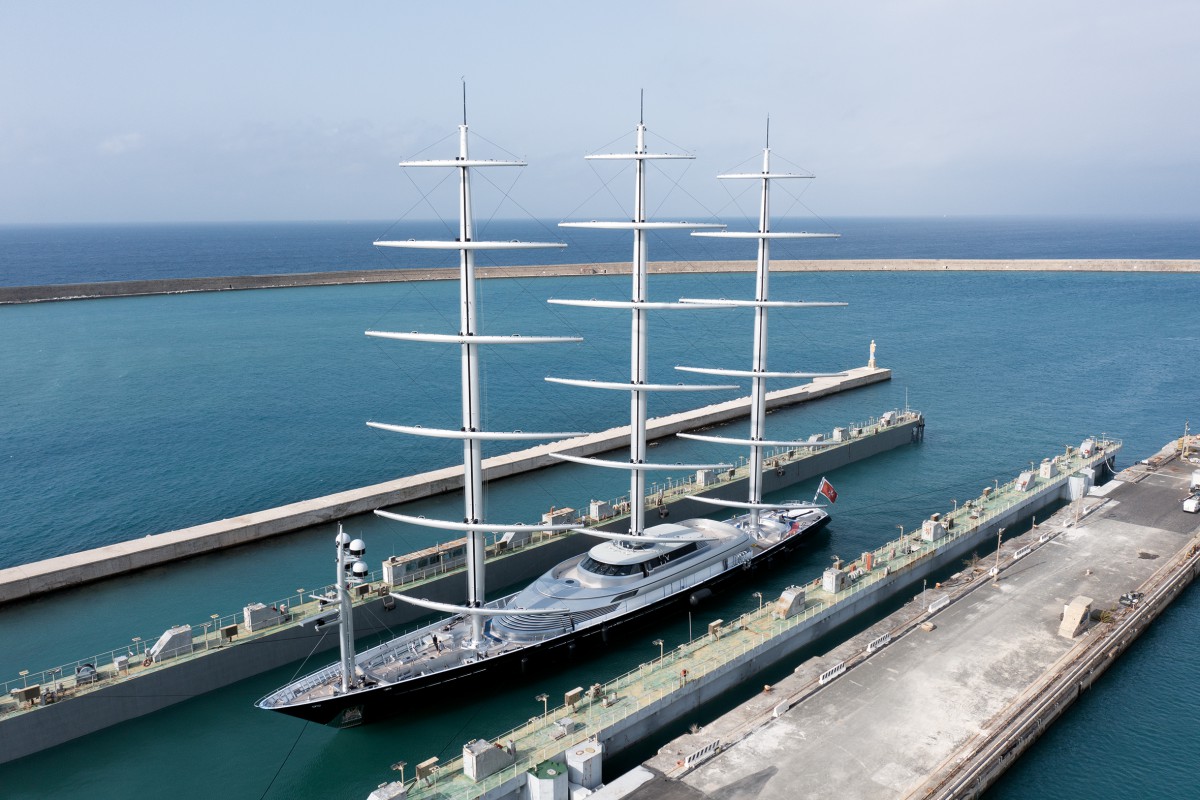 The entire hull of Maltese Falcon required painting in its distinctive Perini Blue colour, which called for special working conditions because of the chemical and physical characteristics of the paint.
The entire hull of Maltese Falcon required painting in its distinctive Perini Blue colour, which called for special working conditions because of the chemical and physical characteristics of the paint.
The interior design was entrusted to Emanuela Esposito, making her first foray into the nautical realm at the behest of ship-owning company Leones Yachting. “I approach each project as a unique creation, taking into account the context and the individuals involved,” says Esposito. “I drew inspiration from the powerful exterior lines of Maltese Falcon, aiming to establish a dialogue with them and create interiors with an international, sophisticated and refined ambiance.”
The new interior design predominantly focused on replacing dark carbon and cold steel with warmer, more refined materials. The bathrooms were redesigned with new marble and all the lines were refreshed. Navona travertine marble now graces the washbasins, harmonising with the existing Portoro marble.
Top-quality materials were employed, including fabrics by Loro Piana, an eco-friendly carpet made from eucalyptus trees, hand-woven leather on the steel slats and ResinLab resins to cover the darker elements. The ambiance is enriched by carefully chosen artworks, ranging from a 17th-century Japanese screen in the dining room to a selection of sculptures curated for this iconic vessel.
As one steps aboard, the interior transformation is immediately notice-able, with brown Emperador marble taking centre stage in the main saloon’s bar, accentuated by soft lighting and a mechanised door by Fabbri Fiore. Custom-designed beds, sofas, armchairs, cushions and curtains were all executed by Cesarini Fabrizio upholstery.
To create a more inviting interior, LED lights were installed, resulting in a 35 per cent reduction in electricity consumption and a warm, soft hue compared to the previous lighting.
Beyond aesthetics, the refit also encompassed technical aspects and involved stripping the axles, overhauling the propeller pitch, with Kongsberg Marine lifting the engines, and replacing the mounts. Approximately 60 per cent of the components of the two engines were replaced, and new mufflers were fitted to ensure quieter operation.
As well as replacing all electrical and monitoring cables, the exhaust pipes and valves were also upgraded. Three generators were swapped for the latest models, which are more efficient and lead to less fuel consumption and a 45 per cent reduction in gas emissions. A urea production machine was also installed.
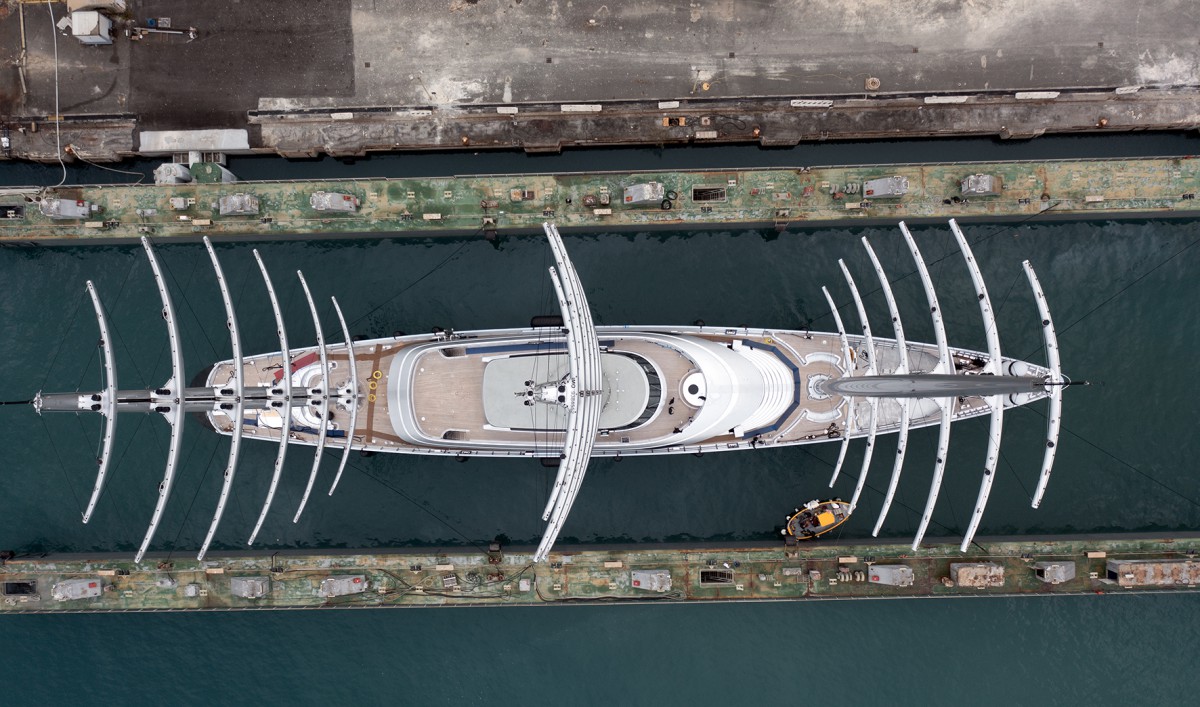
The crowning glory of Maltese Falcon, and the source of its emotional allure, is its sail rig which underwent extensive maintenance due to its critical and delicate nature. The precursor to the Dynarig system consists of three rotating carbon-fibre masts capable of deploying up to 2,396 square metres of sail. This expansive sail area translates into a top speed of 25 knots with a displacement of 1,240 tonnes. Consequently, special attention was devoted to the rig, including comprehensive control and cleaning operations across the entire mast-handling system.
Paladino concludes, “It was a challenging project for all of us, not least because the sheer size of this sailing yacht required us to design and build a special system to accommodate the vessel in dry dock. We collaborated closely with the various teams involved in the refit work and the customer, satisfying their wishes while also suggesting improvements aimed at
enhancing efficiency and energy savings. It was a privilege for all of us to be part of the modernisation of such an iconic vessel, one that has left an indelible mark on international yachting history.”
Maltese Falcon’s relaunch at the Lusben yard coincided with the establishment of the new Maltese Falcon Foundation, dedicated to charitable initiatives and the protection of the seas. Based in Malta, the foundation focuses on sea and environmental conservation and plans to organise events for children with autism spectrum disorders and children from the Special Olympics team, among its many activities. Additionally, the foundation will support scholarships for students at the University of Malta in the field of environmental protection.
The new Maltese Falcon marks a significant moment for the Italian yachting market as a region steeped in maritime history, which has adapted to change in an evolving market.
This article first appeared in The Superyacht Refit Report. To gain access to The Superyacht Group’s full suite of content, publications, events and services, click here to join The Superyacht Group Community and become one of our members.
Profile links
Click here to become part of The Superyacht Group community, and join us in our mission to make this industry accessible to all, and prosperous for the long-term. We are offering access to the superyacht industry’s most comprehensive and longstanding archive of business-critical information, as well as a comprehensive, real-time superyacht fleet database, for just £10 per month, because we are One Industry with One Mission. Sign up here.
Related news
.jpg)
A new era of crossover design
Interview with Michele Dragoni of Dragoni Design Lab about future trends in the market
Fleet
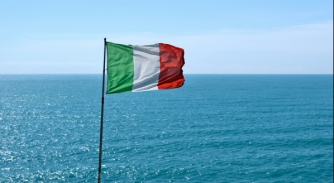
2023 Italian market overview
Our Italy Editor, Dario Schiavo, reviews the performance of the Italian yachting sector over the past year
Business
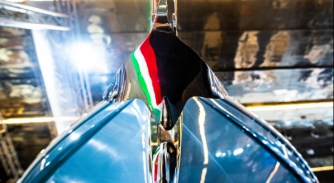
.jpg)
Lusben completes Oasis refit
The refit specialist has delivered the 63m yacht back to its owner having completed extensions and maintenance operations
Fleet
Related news
A new era of crossover design
10 months ago
2023 Italian market overview
10 months ago
Made in Italy bill approved
11 months ago
Lusben completes Oasis refit
1 year ago



